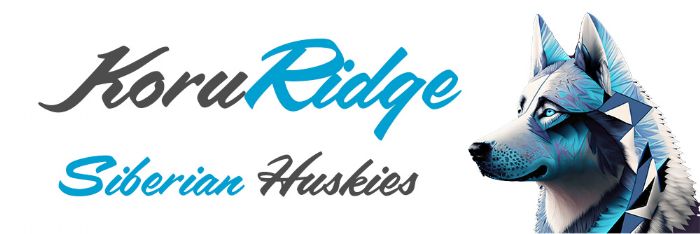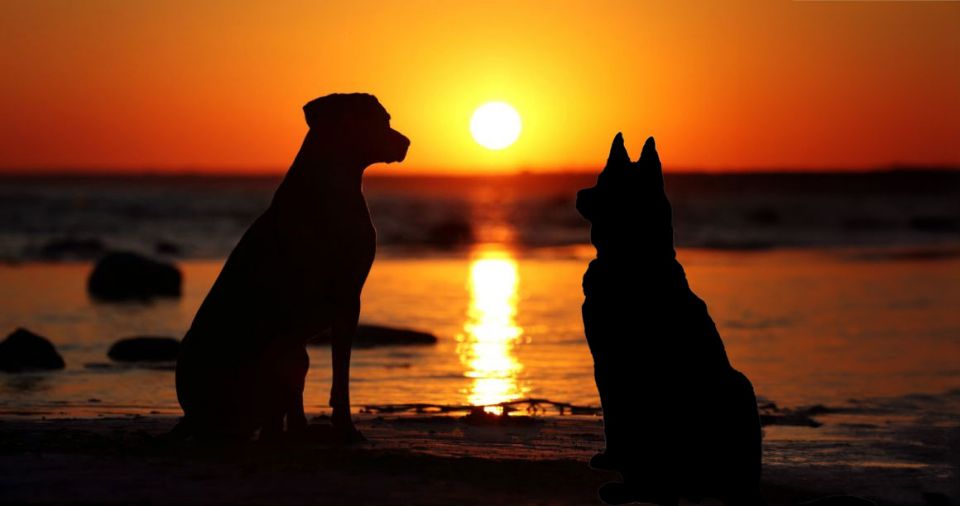Siberian Huskies

Breed Standard
A breed standard is the guideline which describes the ideal characteristics, temperament, and appearance of a breed and ensures that the breed is fit for function with soundness essential. Breeders and judges should at all times be careful to avoid obvious conditions and exaggerations, as well as being mindful of features which could be detrimental in any way to the health, welfare or soundness of this breed.
Temperament:
Friendly and gentle, but also alert and outgoing. Should not display traits of guard dog, nor be unduly suspicious of strangers or aggressive with other dogs. Some measure of reserve and dignity expected in mature dog. Intelligence, tractability and eager disposition make him an agreeable companion and willing worker.
Characteristics:
Medium size, moderate bone, well-balanced proportions, ease and freedom of movement, proper coat, correct tail and good disposition all most important.
General Appearence:
A medium sized working sledge dog, quick and light on his feet, free and graceful in action, with a well-furred body, erect ears and brush tail. His proportions reflect a basic balance of power, speed and endurance. Males appearance masculine but never coarse, the bitches feminine but without weakness of structure. Neither sex heavy or cobby. In proper condition, with muscle firm and well developed, should not carry excess weight.
Head and Skull:
Head presents a finely chiselled fox-like appearance, neither clumsy nor too fine. Slightly rounded on top, tapering gradually from widest point to eyes. Muzzle of medium length and width, neither snipy nor coarse, and tapering gradually to rounded nose. Distance from tip of nose to stop equal to distance from stop to occiput. Stop clearly defined but not excessive, and line of nose straight from stop to tip. Nose black in grey, tan or black dogs; liver in copper dogs; and may be flesh coloured in pure white dogs. In winter, a pink-streaked “snow-nose” acceptable.
Eyes:
Almond shaped, moderately spaced and set somewhat obliquely. Expression keen but friendly, interested and even mischievous. Eyes may be any shade of blue or brown; one of each colour, or parti-colours equally acceptable.
Ears:
Medium size, relatively close together, triangular in shape, height slightly greater than width at base. Set high on head, strongly erect, and at attention carried practically parallel, inner edges quite close together at base. Slightly arched at the back. Thick, well furred outside and inside, with tips slightly rounded.
Mouth:
Lips well pigmented and close fitting. The jaws should be strong, with a perfect, regular and complete scissor bite, i.e., the upper teeth closely overlapping the lower teeth and set square to the jaws.
Neck:
Medium length, arched and carried proudly erect when standing. When moving at a trot, extended so that head carried slightly forward, not too long, or too short and thick.
Forequarters:
The shoulder blade well-laid back at an approximate angle of 45 degrees to the ground. Upper arm angling slightly backward from point of shoulder to elbow, and never perpendicular to the ground. Muscles and ligaments holding shoulder to rib cage firm and well-developed. Straight or loose shoulders highly undesirable. When standing and viewed from the front, forelegs moderately spaced, parallel and straight, with elbows close to body and turned neither in nor out. Viewed from the side, pasterns slightly sloping, with wrist strong but flexible. Length of leg from elbow to ground slightly more than distance from elbow to top of withers. Bone proportionate to size. Dewclaws may be removed.
Body:
Back straight and strong, with a level topline from withers to croup, of medium length, not cobby, nor slack from excessive length. In profile the body, from point of shoulder to rear point of croup slightly longer than the height from the ground to the top of the withers. Chest deep and strong but not too broad, deepest point just behind and level with elbows. Ribs well sprung from spine but flattened on sides to allow for freedom of action. Loin slightly arched, well muscled, taut and lean; viewed from above, narrower than rib cage. Slight tuck-up. Croup sloping away from spine at an angle, but never so steeply as to restrict rearward thrust of hind legs.
Hindquarters:
Viewed from the rear when standing, hind legs moderately spaced and parallel. Upper thighs well-muscled and powerful, stifles well-bent, and hock joint well-defined and set low to ground. Dewclaws, if any, should be removed.
Feet:
Oval in shape, but not long, and turning neither in nor out in natural stance. Medium in size, compact, well-furred and slightly webbed between toes. Pads tough and thickly cushioned. Trimming fur between toes and around the feet permissible.
Gait:
Smooth and seemingly effortless. Quick and light on his feet and, when in the show ring, gaited on a loose lead at a moderately fast trot, exhibiting good reach in forequarters and good drive in hindquarters. When walking, the legs moving parallel but, as the speed increases, gradually angling inward to track close (single tracking). As the pad marks converge, the forelegs and hindlegs carried straight with neither elbows nor stifles turning in or out, and each hindleg moving in the path of the foreleg on the same side. Topline of back remaining firm and level during gaiting.
Tail:
Well-furred round fox-brush shape set on just below level of topline, and usually carried over the back in a graceful sickle curve when the dog at attention. When carried up, not curled too tightly, nor should it curl to either side of the body, or snap flat against the back. Hair of medium length and approximately the same length all round. A trailing tail normal when working or in repose.
Coat:
Double and medium in length, giving a well-furred appearance, and never be so long as to obscure the clean-cut outline. Undercoat soft, dense of sufficient length to support outer coat. Guard hairs of the outer coat straight and somewhat smooth-lying, never harsh, rough or shaggy, too silky, nor standing straight off from the body. Trimming on any part of dog, except on the feet, not allowed.
Colour:
All colours, including white, are allowed, and all markings. A variety of markings on the head common, including many striking patterns not found in other breeds.
